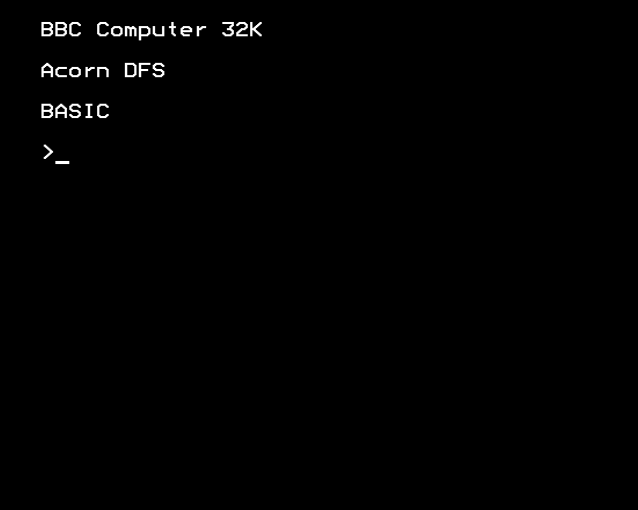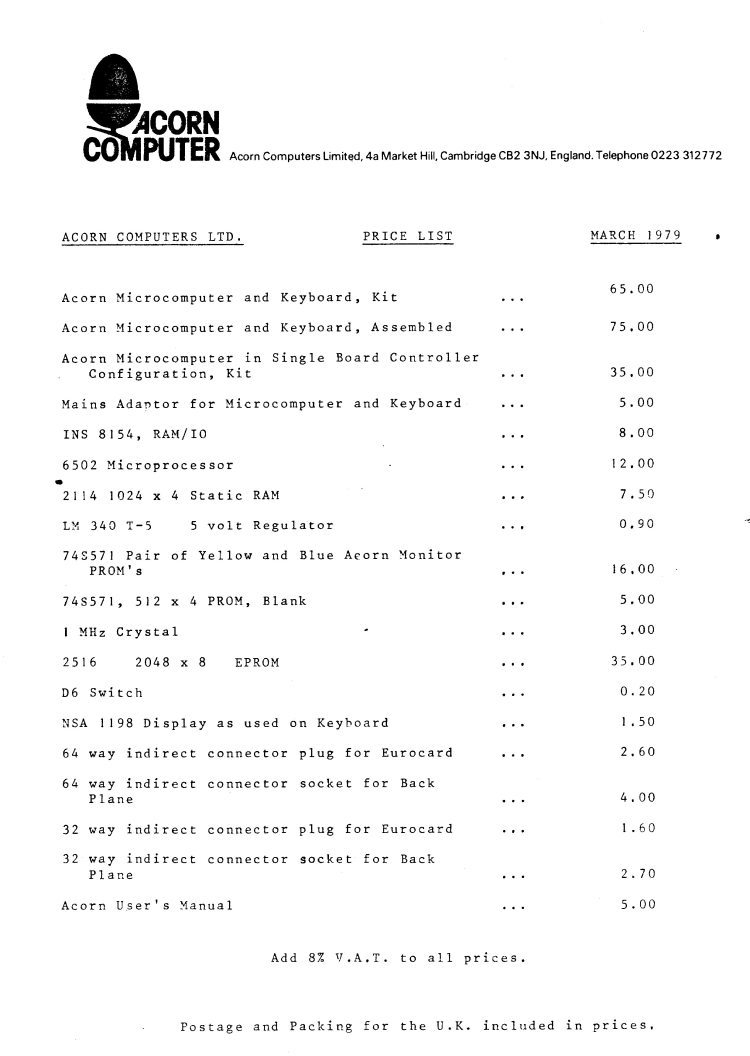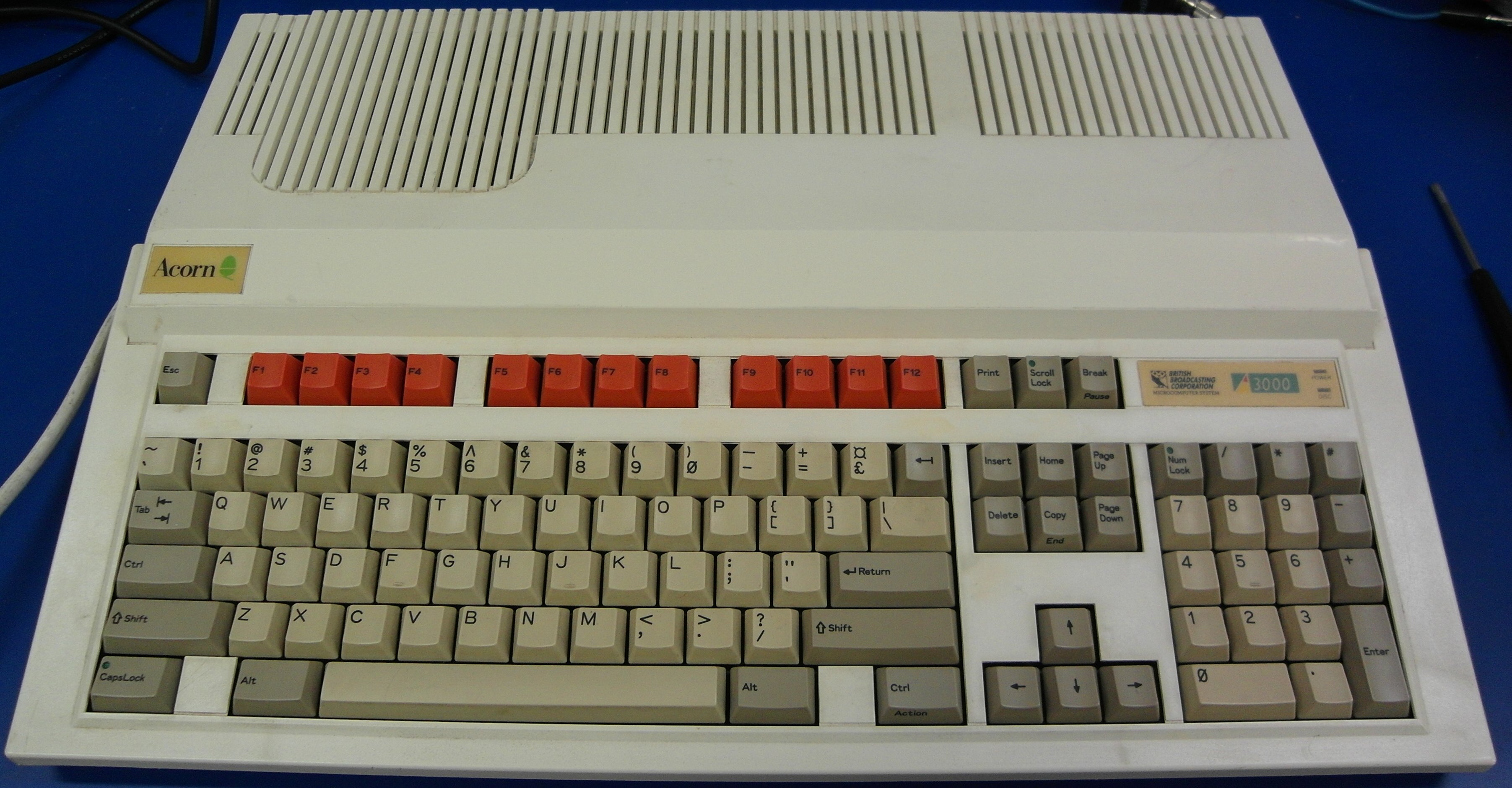|
Designer Castles
Designer Castles was a software title for the BBC Micro and later Acorn Archimedes (RISC OS based) range of computers. The software produced by Data Design in Barnsley, England, UK allowed its users to design a medieval style- castle by means of a WIMP based design environment. In the design environment a number of pre-defined components, (For example, towers, walls and keeps) could be linked and manipulated to form a castle design. The components of the castle could then be printed (along with wall elevations and plans) so that a card model of the designed castle could be assembled. The paper, glue and model making tools required for assembly were not supplied with any version of the package, although assembly instructions for components were provided in the extensive manual. BBC Micro version Designer Castles was first released in 1988 for BBC B/Master 128. The WIMP environment supported keyboard input and also allowed use of the mouse (such as AMX Mouse). The package co ... [...More Info...] [...Related Items...] OR: [Wikipedia] [Google] [Baidu] |
BBC Micro
The British Broadcasting Corporation Microcomputer System, or BBC Micro, is a series of microcomputers and associated peripherals designed and built by Acorn Computers in the 1980s for the BBC Computer Literacy Project. Designed with an emphasis on education, it was notable for its ruggedness, expandability, and the quality of its operating system. An accompanying 1982 television series, '' The Computer Programme'', featuring Chris Serle learning to use the machine, was broadcast on BBC2. After the Literacy Project's call for bids for a computer to accompany the TV programmes and literature, Acorn won the contract with the ''Proton'', a successor of its Atom computer prototyped at short notice. Renamed the BBC Micro, the system was adopted by most schools in the United Kingdom, changing Acorn's fortunes. It was also successful as a home computer in the UK, despite its high cost. Acorn later employed the machine to simulate and develop the ARM architecture. While nine mo ... [...More Info...] [...Related Items...] OR: [Wikipedia] [Google] [Baidu] |
Keep
A keep (from the Middle English ''kype'') is a type of fortified tower built within castles during the Middle Ages by European nobility. Scholars have debated the scope of the word ''keep'', but usually consider it to refer to large towers in castles that were fortified residences, used as a refuge of last resort should the rest of the castle fall to an adversary. The first keeps were made of timber and formed a key part of the motte-and-bailey castles that emerged in Normandy and Anjou during the 10th century; the design spread to England, south Italy and Sicily. As a result of the Norman invasion of 1066, use spread into Wales during the second half of the 11th century and into Ireland in the 1170s. The Anglo-Normans and French rulers began to build stone keeps during the 10th and 11th centuries; these included Norman keeps, with a square or rectangular design, and circular shell keeps. Stone keeps carried considerable political as well as military importance and could tak ... [...More Info...] [...Related Items...] OR: [Wikipedia] [Google] [Baidu] |
BBC Basic
BBC BASIC is a version of the BASIC programming language released in 1981 as the native programming language for the BBC Micro home/personal computer, providing a standardized language for a UK computer literacy project of the BBC. It was written mainly by Sophie Wilson. BBC BASIC, based on the older Atom BASIC for the Acorn Atom, extended contemporary microcomputer BASICs with named DEF PROC/DEF FN procedures and functions, REPEAT UNTIL loops, and IF THEN ELSE structures inspired by COMAL. The interpreter also included statements for controlling the BBC Micro's four-channel sound output and its low-/high-resolution eight-mode graphics display. Due to a number of optimizations, BBC BASIC ran programs much faster than Microsoft BASIC running on similar machines. The optimizations included using multiple linked lists for variable lookup rather than a single long list, pre-defining the location of integer variables, and having separate integer maths routines. Speed was fur ... [...More Info...] [...Related Items...] OR: [Wikipedia] [Google] [Baidu] |
Acorn Computers
Acorn Computers Ltd. was a British computer company established in Cambridge, England, in 1978. The company produced a number of computers which were especially popular in the United Kingdom, UK, including the Acorn Electron and the Acorn Archimedes. Acorn's computer dominated the UK educational computer market during the 1980s. Though the company was acquired and largely dismantled in early 1999, with various activities being dispersed amongst new and established companies, its legacy includes the development of reduced instruction set computing (RISC) personal computers. One of its operating systems, , continues to be developed by RISC OS Open. Some activities established by Acorn lived on: technology developed by Arm (company), Arm, created by Acorn as a joint venture with Apple, Inc., Apple and VLSI Technology, VLSI in 1990, is dominant in the mobile phone and personal digital assistant (PDA) microprocessor market. Acorn is sometimes referred to as the "British Apple" and ... [...More Info...] [...Related Items...] OR: [Wikipedia] [Google] [Baidu] |
Logic Gate
A logic gate is an idealized or physical device implementing a Boolean function, a logical operation performed on one or more binary inputs that produces a single binary output. Depending on the context, the term may refer to an ideal logic gate, one that has for instance zero rise time and unlimited fan-out, or it may refer to a non-ideal physical device (see Ideal and real op-amps for comparison). Logic gates are primarily implemented using diodes or transistors acting as electronic switches, but can also be constructed using vacuum tubes, electromagnetic relays ( relay logic), fluidic logic, pneumatic logic, optics, molecules, or even mechanical elements. Now, most logic gates are made from MOSFETs (metal–oxide–semiconductor field-effect transistors). With amplification, logic gates can be cascaded in the same way that Boolean functions can be composed, allowing the construction of a physical model of all of Boolean logic, and therefore, all of the algorithms ... [...More Info...] [...Related Items...] OR: [Wikipedia] [Google] [Baidu] |
Dot-matrix Printer
A dot matrix printer is an impact printer that prints using a fixed number of pins or wires. Typically the pins or wires are arranged in one or several vertical columns. The pins strike an ink-coated ribbon and force contact between the ribbon and the paper, so that each pin makes a small dot on the paper. The combination of these dots forms a dot matrix image. They were also known as serial dot matrix printers. While inkjet and laser printers technically exhibit dot matrix printing, they work differently than impact "dot matrix printers" and can deposit ink or toner at higher dot resolutions more quickly, with less inherent noise. The impact printer has the ability to make copies using multi-part forms, unlike an inkjet or laser printer. History In the 1970s and 1980s, dot matrix impact printers were generally considered the best combination of cost and versatility, and until the 1990s were by far the most common form of printer used with personal and home computers. The ... [...More Info...] [...Related Items...] OR: [Wikipedia] [Google] [Baidu] |
Read-only Memory
Read-only memory (ROM) is a type of non-volatile memory used in computers and other electronic devices. Data stored in ROM cannot be electronically modified after the manufacture of the memory device. Read-only memory is useful for storing software that is rarely changed during the life of the system, also known as firmware. Software applications (like video games) for programmable devices can be distributed as plug-in cartridges containing ROM. Strictly speaking, ''read-only memory'' refers to memory that is hard-wired, such as diode matrix or a mask ROM integrated circuit (IC), which cannot be electronically changed after manufacture. Although discrete circuits can be altered in principle, through the addition of bodge wires and/or the removal or replacement of components, ICs cannot. Correction of errors, or updates to the software, require new devices to be manufactured and to replace the installed device. Floating-gate ROM semiconductor memory in the form of era ... [...More Info...] [...Related Items...] OR: [Wikipedia] [Google] [Baidu] |
AMX Mouse
AMX Mouse was a 1985 computer mouse sold by the British company Advanced Memory Systems. The mouse has 3 buttons. It was sold with a dedicated interface, and usually with some accompanying software such as ''AMX Art'' ( MacPaint clone), ''AMX Pagemaker'', ''AMX Palette'', ''AMX Control'' and ''Icon Designer''. Market The AMX Mouse product was sold for the ZX Spectrum, Amstrad CPC and BBC Micro computers, along with the Acorn Electron (through Advanced Computer Products), these being popular home computers at the time. As such, it allowed modern user interfaces to be present in common household machines. It was compatible with art software such as OCP Advanced Art Studio or Max Desktop. The game Starglider is also listed as being compatible. Other software Other available software from the manufacturer was: *''AMX 3D Zicon'' which took 3D vector drawings Vector graphics is a form of computer graphics in which visual images are created directly from geometric shapes ... [...More Info...] [...Related Items...] OR: [Wikipedia] [Google] [Baidu] |
Card Model
Paper models, also called card models or papercraft, are models constructed mainly from sheets of heavy paper, paperboard, card stock, or foam. Details This may be considered a broad category that contains origami and card modeling. Origami is the process of making a paper model by folding a single piece of paper without using glue or cutting while the variation kirigami does. Card modeling is making scale models from sheets of cardstock on which the parts were printed, usually in full color. These pieces would be cut out, folded, scored, and glued together. Papercraft is the art of combining these model types to build complex creations such as wearable suits of armor, life-size characters, and accurate weapon models. Sometimes the model pieces can be punched out. More frequently the printed parts must be cut out. Edges may be scored to aid folding. The parts are usually glued together with polyvinyl acetate glue ("white glue", "PVA"). In this kind of modeling, the sections ... [...More Info...] [...Related Items...] OR: [Wikipedia] [Google] [Baidu] |
Defensive Wall
A defensive wall is a fortification usually used to protect a city, town or other settlement from potential aggressors. The walls can range from simple palisades or earthworks to extensive military fortifications with towers, bastions and gates for access to the city. From ancient to modern times, they were used to enclose settlements. Generally, these are referred to as city walls or town walls, although there were also walls, such as the Great Wall of China, Walls of Benin, Hadrian's Wall, Anastasian Wall, and the Atlantic Wall, which extended far beyond the borders of a city and were used to enclose regions or mark territorial boundaries. In mountainous terrain, defensive walls such as '' letzis'' were used in combination with castles to seal valleys from potential attack. Beyond their defensive utility, many walls also had important symbolic functions representing the status and independence of the communities they embraced. Existing ancient walls are almost always mason ... [...More Info...] [...Related Items...] OR: [Wikipedia] [Google] [Baidu] |
Acorn Archimedes
Acorn Archimedes is a family of personal computers designed by Acorn Computers of Cambridge, England. The systems are based on Acorn's own ARM architecture processors and the proprietary operating systems Arthur and RISC OS. The first models were introduced in 1987, and systems in the Archimedes family were sold until the mid-1990s. ARM's RISC design, a 32-bit CPU (using 26-bit addressing), running at 8 MHz, was stated as achieving 4.5+ MIPS, which provided a significant upgrade from 8-bit home computers, such as Acorn's previous machines. Claims of being the fastest micro in the world and running at 18 MIPS were also made during tests. Two of the first models—the A305 and A310—were given the BBC branding, with BBC Enterprises regarding the machines as "a continuing part of the original computer literacy project". Dissatisfaction with the branding arrangement was voiced by competitor Research Machines and an industry group led by a Microsoft representative, ... [...More Info...] [...Related Items...] OR: [Wikipedia] [Google] [Baidu] |
Tower
A tower is a tall structure, taller than it is wide, often by a significant factor. Towers are distinguished from masts by their lack of guy-wires and are therefore, along with tall buildings, self-supporting structures. Towers are specifically distinguished from buildings in that they are built not to be habitable but to serve other functions using the height of the tower. For example, the height of a clock tower improves the visibility of the clock, and the height of a tower in a fortified building such as a castle increases the visibility of the surroundings for defensive purposes. Towers may also be built for observation, leisure, or telecommunication purposes. A tower can stand alone or be supported by adjacent buildings, or it may be a feature on top of a larger structure or building. Etymology Old English ''torr'' is from Latin ''turris'' via Old French ''tor''. The Latin term together with Greek τύρσις was loaned from a pre-Indo-European Mediterranean languag ... [...More Info...] [...Related Items...] OR: [Wikipedia] [Google] [Baidu] |









